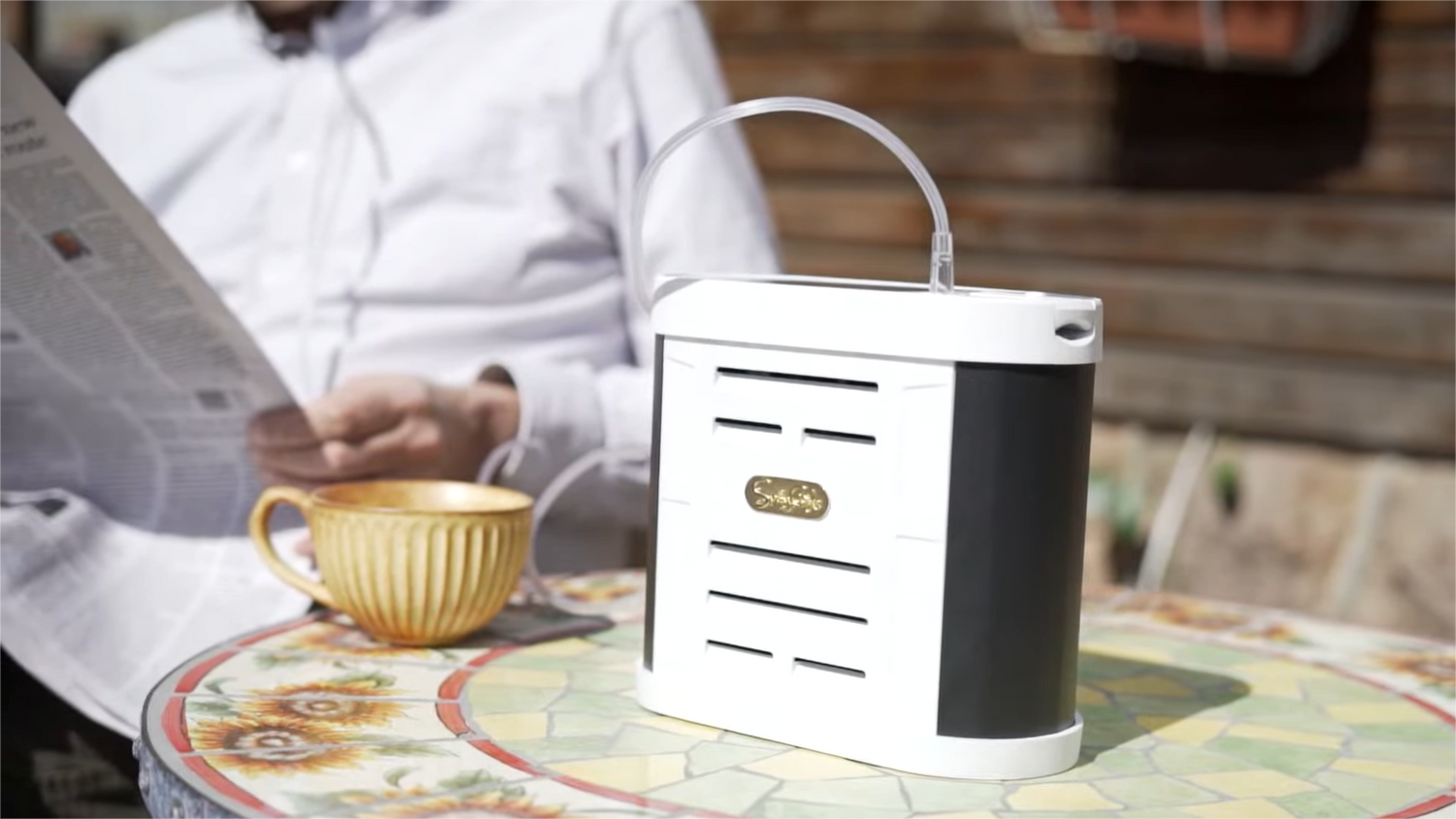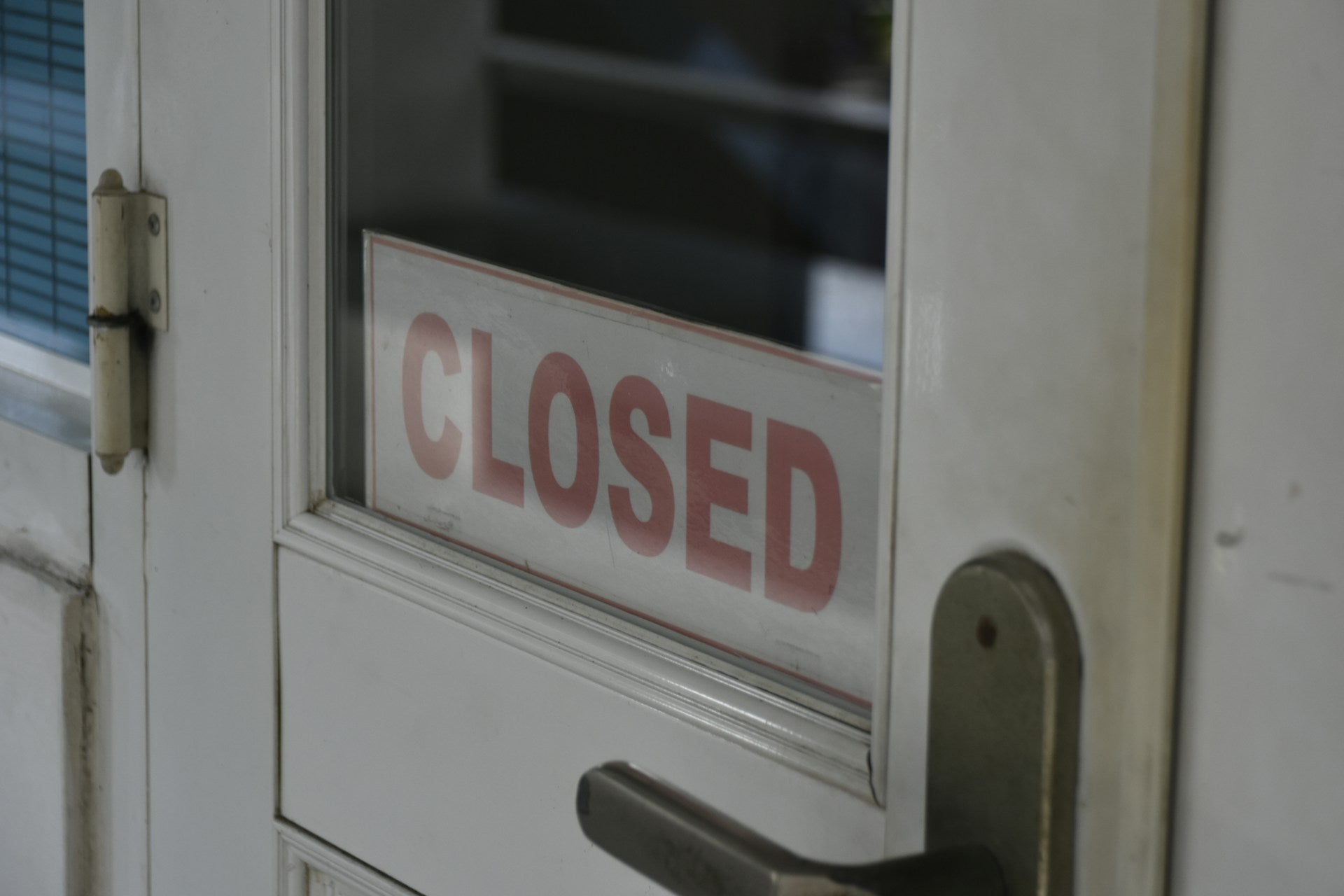Oxygen therapy isn't just medical treatment; it's a lifeline for people with breathing problems. But when it comes to getting that much-needed oxygen, not all systems are the same. There are low flow and high flow oxygen concentrators, and knowing which one fits your needs can make a big difference in your daily life. This article breaks down the differences in a way that's easy to grasp, showing how each system can help and why picking the right one matters. Whether you're dealing with long-term lung conditions or recovering from a recent health scare, choosing the right oxygen concentrator is key to breathing easier and living better.

Breathe Easy with Low Flow
What's a Low Flow Oxygen System?
Low flow oxygen concentrators are a quiet source of support for individuals managing chronic lung conditions such as COPD or asthma. They work at a slower pace, delivering a specific amount of oxygen per minute, usually between 1 and 5 liters. It's like a gentle stream compared to a river's rush.
Who Benefits from Low Flow?
Low flow oxygen systems are a big help for different kinds of people:
- People recovering at home: If you're healing up from an illness or surgery and mostly staying in, a low flow system can quietly give you the oxygen your body needs.
- People with ongoing lung problems:If you have something like COPD that makes breathing tough, low flow oxygen can be just enough to help you breathe better without going overboard.
- Seniors who stay in: For older adults who aren't out and about much but still need some extra oxygen, low flow systems are easy to use and don't get in the way. It is important to choose the right oxygen generator for the elderly.
Basically, if you need a steady little bit of oxygen and you're living life at a relaxed pace, low flow oxygen is probably a good match for you. It's like having a friend by your side, giving you just enough support to keep you feeling good.

The Upside of Going Low
- Stability: These systems are steady Eddies – giving you a consistent level of oxygen that doesn't fluctuate.
- Quiet Operation: They're relatively quiet, which means less background noise interfering with your day-to-day life.
- Energy Efficient: Lower flow rates mean less power consumption, so they're often kinder to your electricity bill.
Making the Most of Low Flow
To really harness the benefits of a low flow oxygen system, it's all about making it fit into your lifestyle comfortably. Here are a few tips:
- Keep your device in a well-ventilated area to prolong its lifespan.
- Invest in a long cannula if you enjoy moving around your home; this way, you're not tethered to one spot.
- Regular maintenance checks are a must – keeping your filters clean ensures you're getting quality oxygen.
High Flow Oxygen: When You Need More
Getting to Know High Flow Systems
High flow oxygen concentrators are the heavy lifters, delivering a larger volume of oxygen when it's needed most. Imagine a steady rush of air, typically ranging anywhere from 6 to 10 liters per minute, designed to meet higher oxygen demands.
Ideal for When You Need Extra Help
High flow oxygen systems are there for the tough times – like when you have serious trouble breathing or need a big bump in oxygen after getting sick or having an operation. They're the heavy-duty helpers, ready to jump into action when your body calls for urgent backup with breathing.

The Perks of High Flow
Here's what makes high flow systems stand out:
- Higher Oxygen Delivery: They can deliver more oxygen to meet the needs of those with acute conditions.
- Adjustable Settings: Many come with adjustable settings, so you can find the perfect flow rate as your needs change.
- Advanced Humidification: Since they deliver more air, they often include built-in humidifiers to make sure the oxygen isn't drying out your airways.
Tips for Thriving with High Flow
To get the best out of your high flow oxygen system, consider these suggestions:
- Stay on top of the humidity levels; it's essential for preventing dryness due to the higher flow of oxygen.
- Make sure you have backup power solutions since these systems are crucial for critical care and consume more energy.
- Regularly consult with your healthcare provider to adjust flow rates according to your current health status.
Side-by-Side: Low Flow vs. High Flow Oxygen Systems
Making sense of oxygen concentrators means understanding the specific needs they meet. Here's how low flow and high flow systems stack up against each other in a simple, side-by-side comparison.
The Key Differences
|
Feature |
Low Flow Systems |
High Flow Systems |
|
Flow Rate |
6-10 liters per minute (or more) |
|
|
Best For |
Stable chronic conditions |
Acute health situations or severe respiratory distress |
|
Noise Level |
Quieter operation |
Louder due to higher flow |
|
Energy Consumption |
Lower, more energy-efficient |
Higher due to increased output |
|
Humidification |
Not always necessary |
Often comes with built-in humidifiers |
|
Patient Mobility |
Better suited for mobility within the home |
Usually stationary due to size and power needs |
|
Cost |
Generally more affordable |
Can be more expensive due to advanced features |
Choosing What's Right for You
It's not just about numbers and features; it's about what works for your life. If you're mostly indoors and need a constant, gentle flow of oxygen, a low flow system is likely sufficient. But if you're recovering from a hospital stay or have a condition that sometimes demands more oxygen than usual, a high flow system could be the safeguard you need.
Listen to the Experts
Your healthcare provider can help you weigh these options based on:
- Your current lung function and overall health
- How active your lifestyle is
- Whetheryour oxygen needs are likely to change
It's a team effort to ensure you get the support that best aligns with your health goals.
Picking the Right Oxygen System for You
Choosing between low flow and high flow oxygen is really about what you need for your health and how you live your life. It's less about the fancy stuff these machines can do, and more about making sure you get to enjoy your days with fewer worries about breathing. The great thing is, as these machines get better and smarter, using them gets a whole lot easier. They just become part of your routine. So take a look at what we've talked about, have a good talk with your doctor, and don't forget to involve your family or friends. They're with you all the way. When you know your options, you're in control, ready to face what's ahead while still doing the things you love.





Leave a comment
This site is protected by hCaptcha and the hCaptcha Privacy Policy and Terms of Service apply.